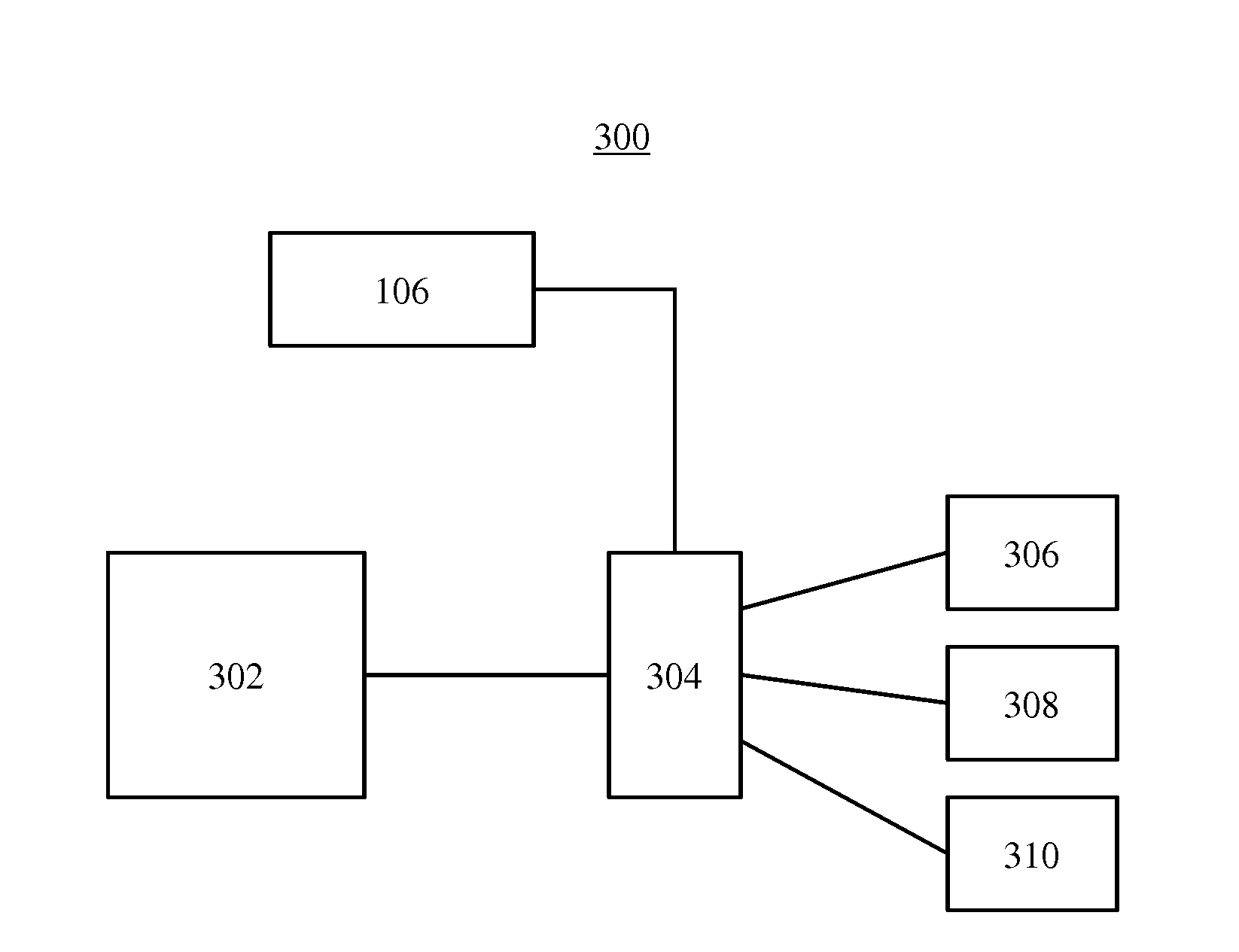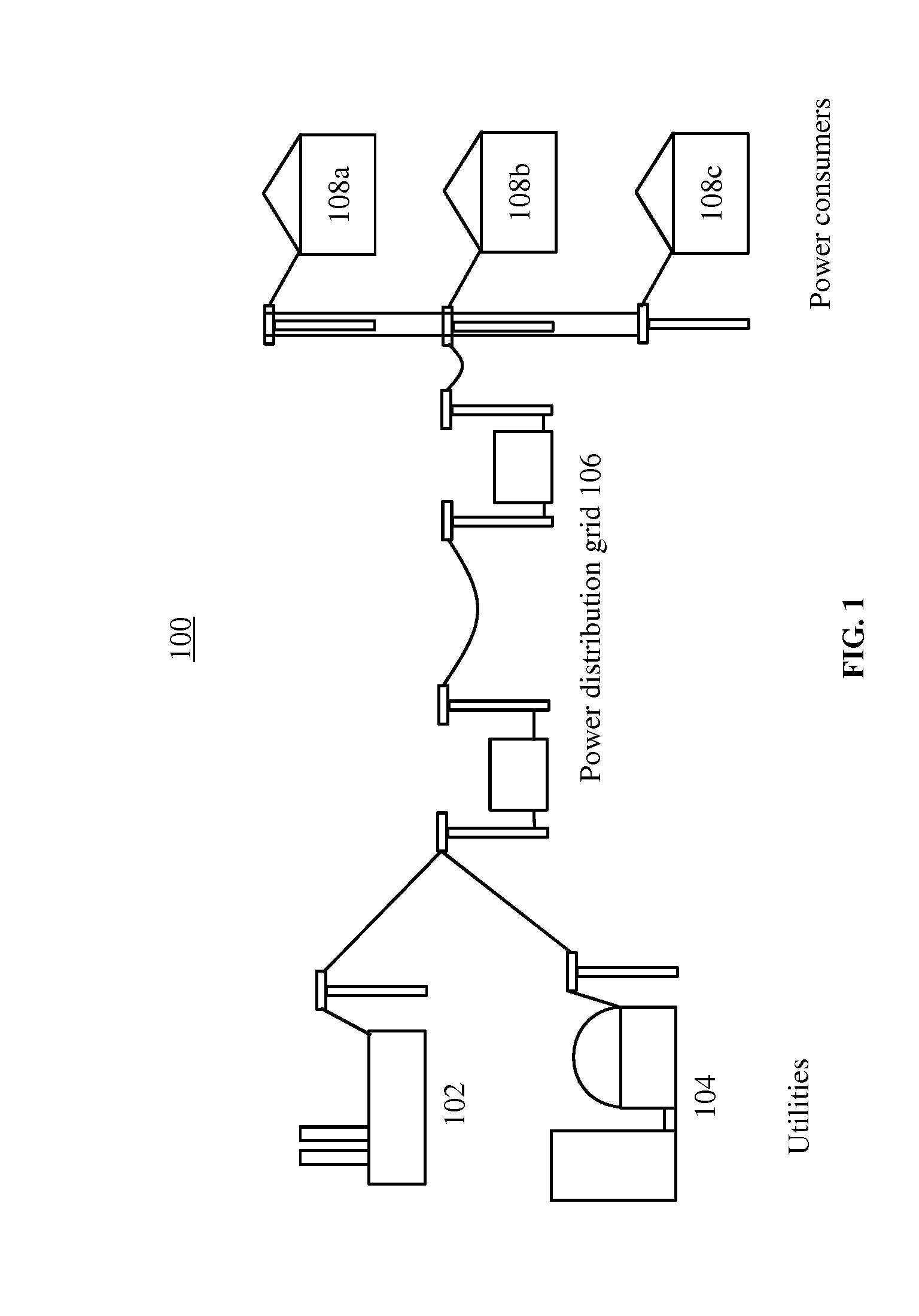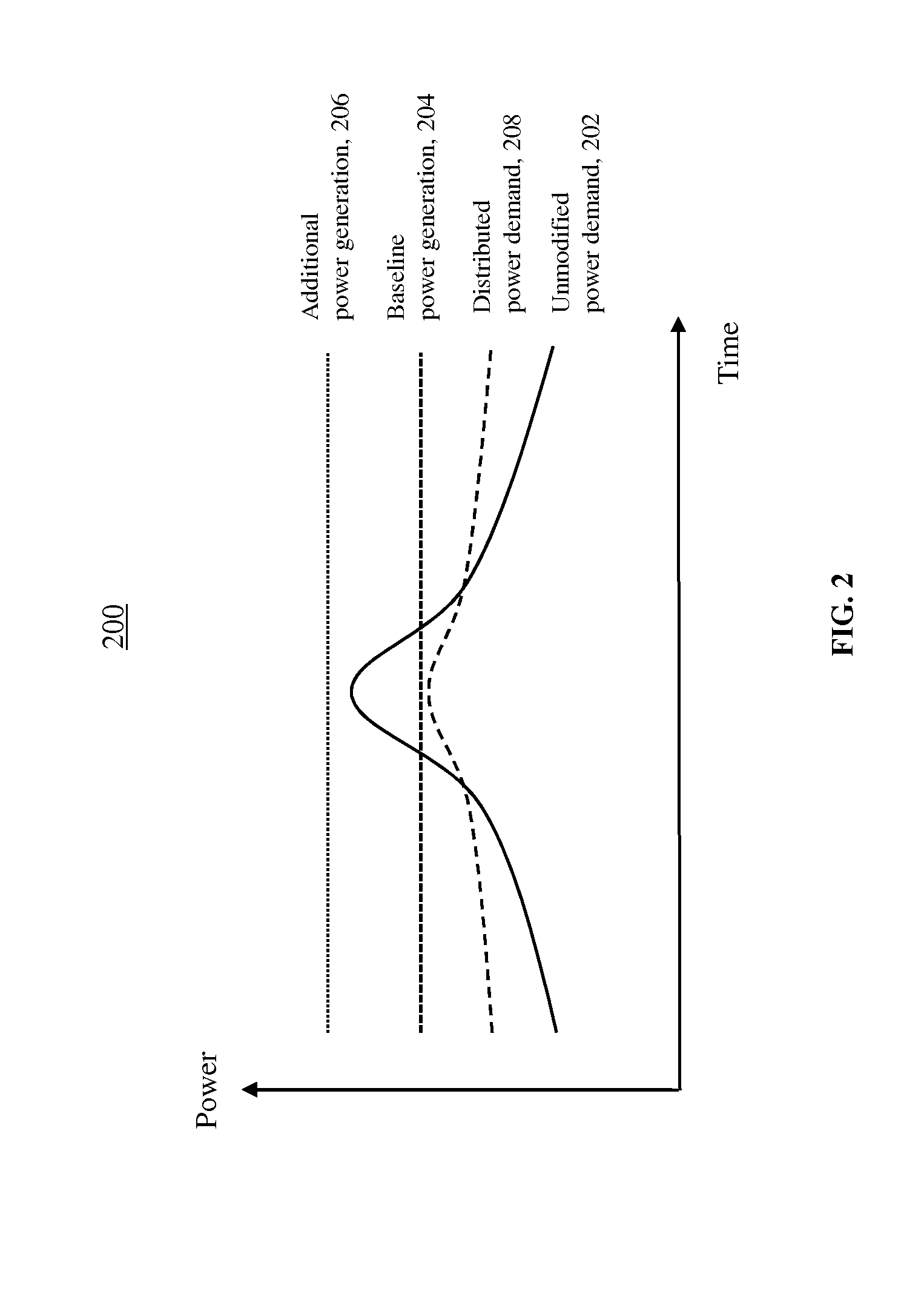Systems and Methods for Power Demand Management
a power demand management and power demand technology, applied in the field of power storage technology, can solve the problems of large strain on transmission and production facilities, inconvenient maintenance of spare generating capacity, and difficulty in adding extra generating capacity, so as to reduce consumption, improve the effect of power demand measurement, and reduce the cyclical nature of electricity demand
- Summary
- Abstract
- Description
- Claims
- Application Information
AI Technical Summary
Benefits of technology
Problems solved by technology
Method used
Image
Examples
Embodiment Construction
[0022]To provide an overall understanding of the invention, certain illustrative embodiments will now be described, including systems and methods for power demand leveling. However, it will be understood by one of ordinary skill in the art that the systems and methods described herein may be adapted and modified for other suitable applications and that such other additions and modifications will not depart from the scope thereof.
[0023]FIG. 1 depicts a system 100 for distributing power between power generators such as utilities and power consumers. Utilities 102 and 104, each of which generate power for sale to consumers, are linked to a power distribution grid 106. Power consumers 108a-d are also linked to the power distribution grid 106, and may receive 2 power generated by utility 102 and / or utility 104. Power consumers may be residential households, commercial properties, industrial operations, or any entity that uses electric power.
[0024]While two utilities and four power consum...
PUM
 Login to View More
Login to View More Abstract
Description
Claims
Application Information
 Login to View More
Login to View More - R&D
- Intellectual Property
- Life Sciences
- Materials
- Tech Scout
- Unparalleled Data Quality
- Higher Quality Content
- 60% Fewer Hallucinations
Browse by: Latest US Patents, China's latest patents, Technical Efficacy Thesaurus, Application Domain, Technology Topic, Popular Technical Reports.
© 2025 PatSnap. All rights reserved.Legal|Privacy policy|Modern Slavery Act Transparency Statement|Sitemap|About US| Contact US: help@patsnap.com



